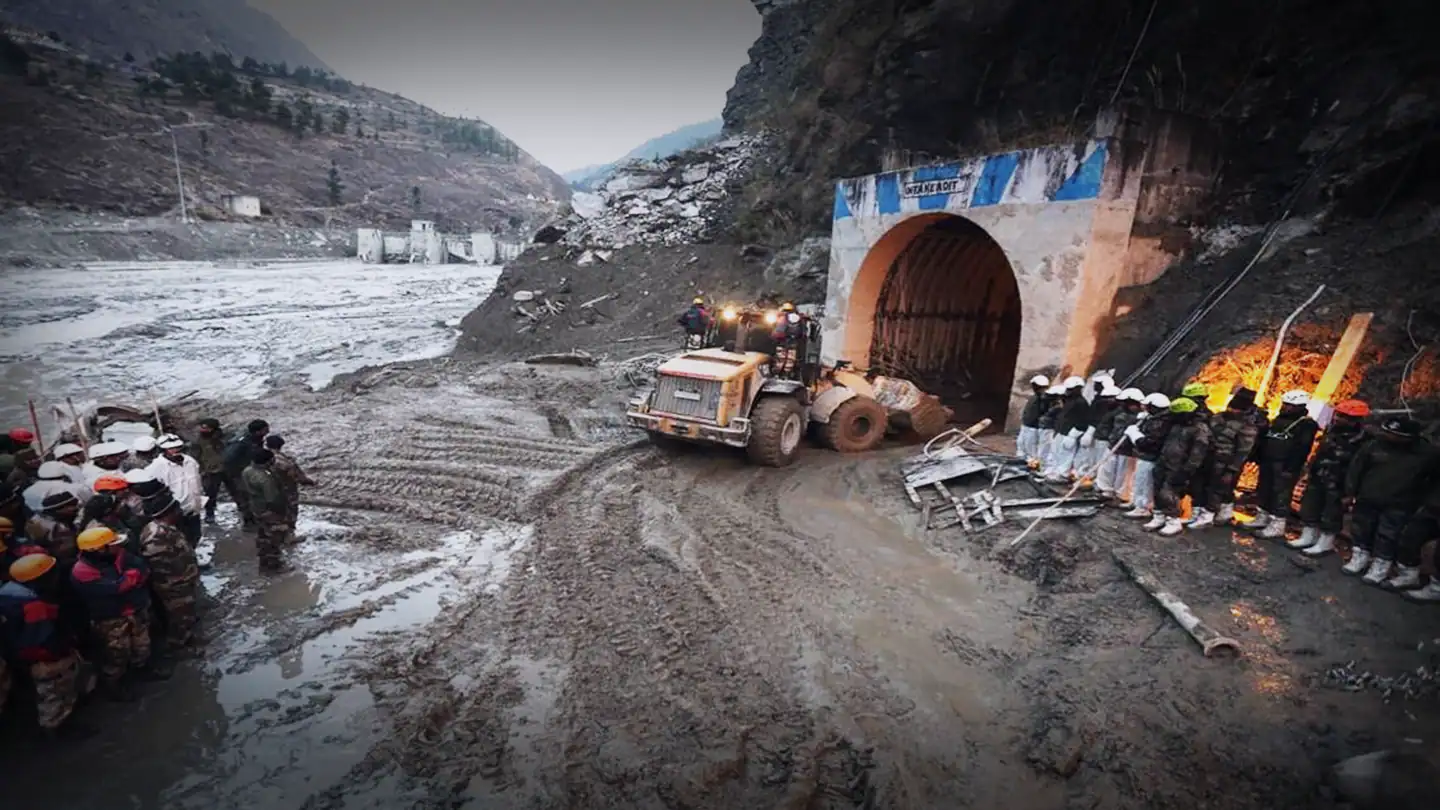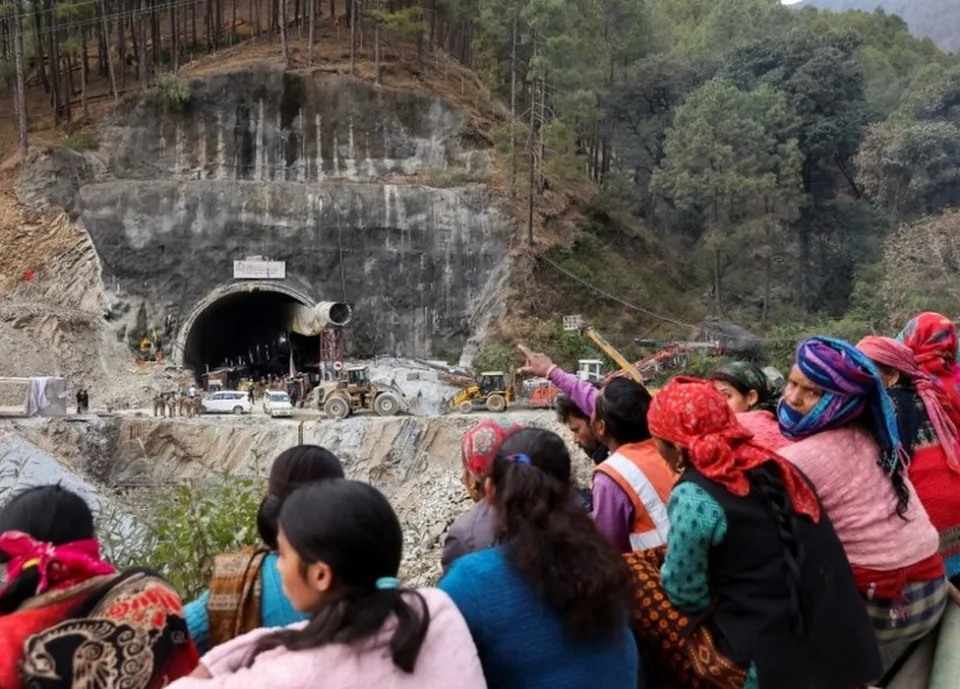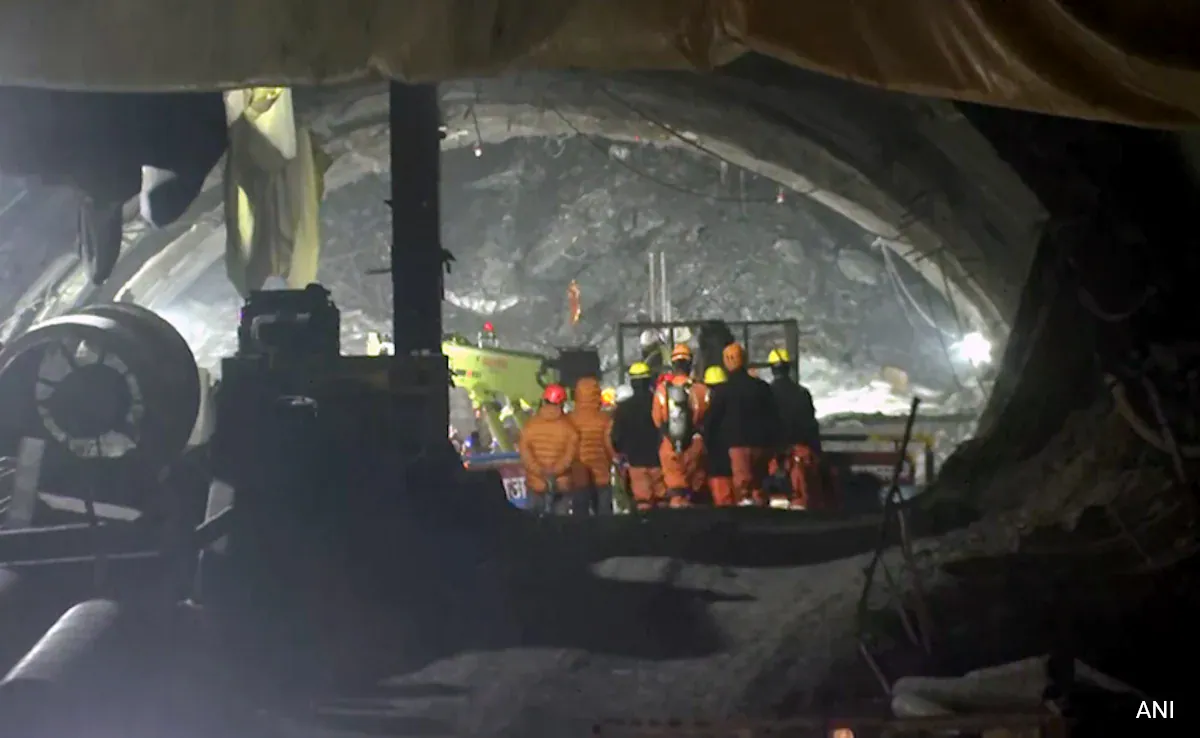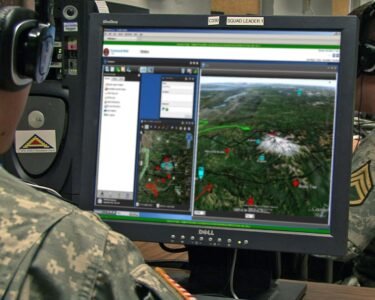The picturesque state of Uttarakhand, nestled in the Indian Himalayas, recently bore witness to a tragic event that shook the region – the Uttarakhand Tunnel Collapse infrastructure. This catastrophic incident sent shockwaves through the nation, prompting concerns and questions about the circumstances leading to such a disaster.

Uttarakhand’s Geological Composition
Uttarakhand’s terrain comprises a diverse geology, featuring a mix of rugged mountains, deep valleys, and geological fault lines. The state is prone to seismic activities due to its location in a seismically active zone.
Importance of Tunnel Infrastructures
Tunnels play a pivotal role in Uttarakhand’s development, facilitating connectivity, transportation, and accessibility in the challenging topography of the region. They are crucial for both residents and the burgeoning tourism industry.
Events Leading to the Collapse
Construction Phase Details
Preliminary investigations suggest potential lapses in the construction process, including structural weaknesses or inadequate reinforcement measures. Understanding the specifics of the building process sheds light on probable causes.
Environmental Factors
Natural elements such as heavy rainfall, snowmelt, and seismic activity might have contributed to the destabilization of the tunnel structure, exacerbating vulnerabilities during its construction.
Impact and Consequences
Immediate Effects
The collapse resulted in substantial infrastructure damage, disruption of transportation, and unfortunately, loss of lives. It has also raised concerns about the safety of other existing structures.
Societal and Economic Ramifications
Communities relying on the tunnel for connectivity faced hardships, impacting their daily lives and economic activities. The incident’s aftermath necessitates a comprehensive analysis of its broader implications.
Response and Rescue Efforts

Initial Response
Swift response from local authorities, emergency services, and volunteers played a crucial role in initiating rescue operations, albeit amidst immense challenges posed by the rugged terrain and adverse weather conditions.
Challenges Faced During Rescue Operations
Navigating through the difficult terrain while ensuring the safety of rescue teams posed significant challenges, delaying the extraction of survivors and hampering the recovery of the affected area.
Lessons Learned and Future Precautions
Evaluating Safety Protocols
A comprehensive evaluation of existing safety protocols and construction standards becomes imperative to prevent such tragic incidents in the future.
Implementing Preventive Measures
Incorporating advanced technologies, rigorous quality checks, and improved disaster preparedness measures are essential steps towards safeguarding tunnel infrastructures and enhancing overall safety.
Conclusion
The Uttarakhand tunnel collapse stands as a sobering reminder of the vulnerabilities posed by geographical challenges and construction practices. The incident necessitates collective efforts to reevaluate safety standards, fortify infrastructure, and enhance disaster preparedness for a safer future.
Unique FAQs
- Q: What caused the collapse of the tunnel in Uttarakhand?
- Q: How did the collapse impact the region?
- Q: What measures are being taken to prevent such incidents in the future?
- Q: Were there any challenges faced during the rescue operations?
- Q: Why are tunnels crucial in Uttarakhand?






